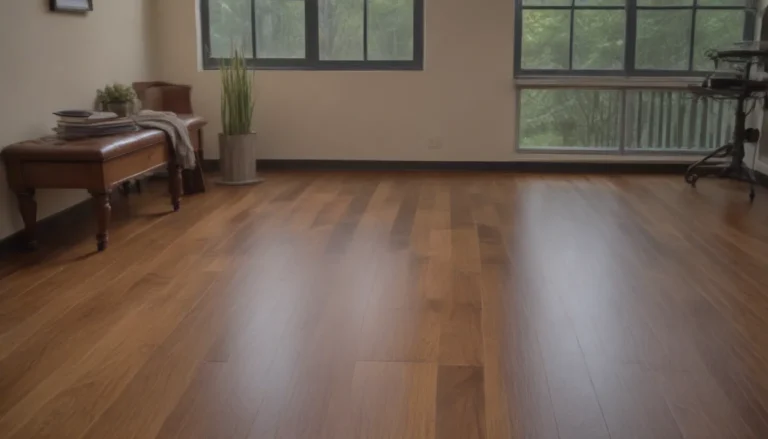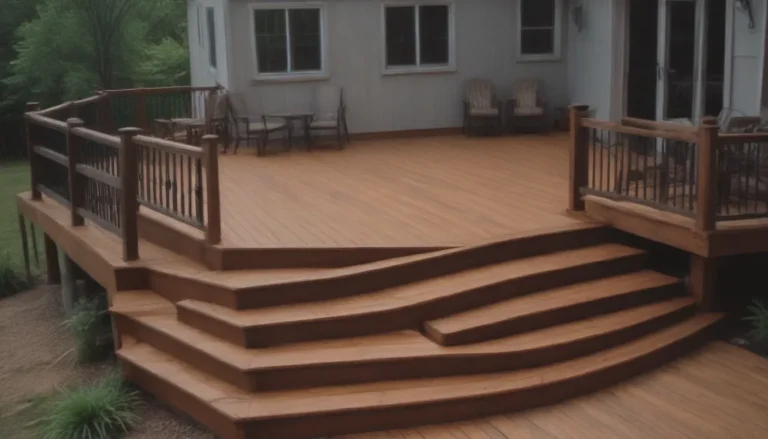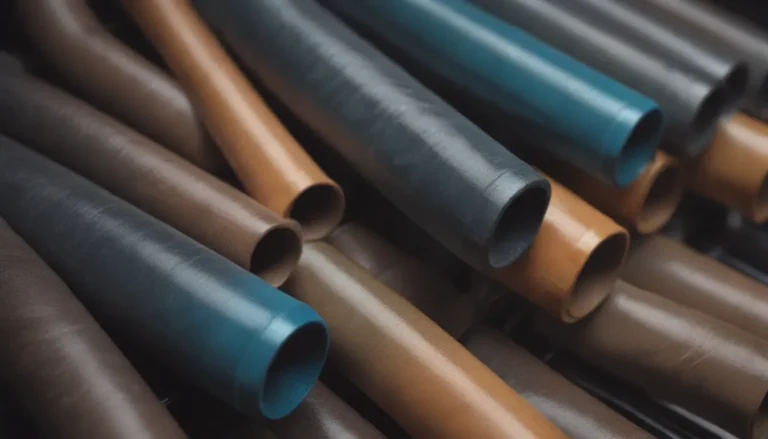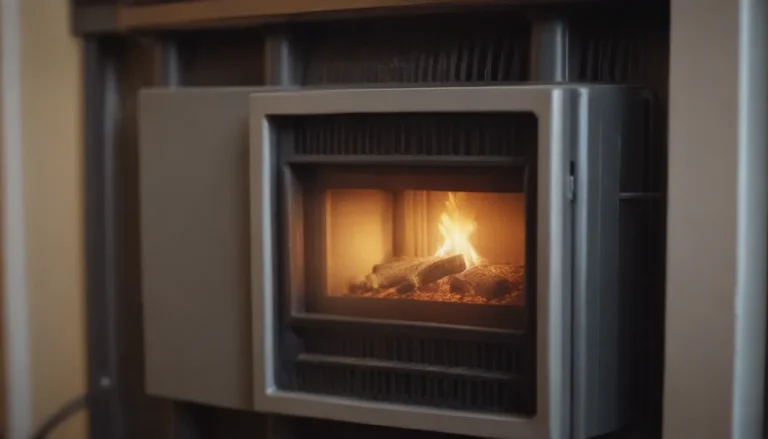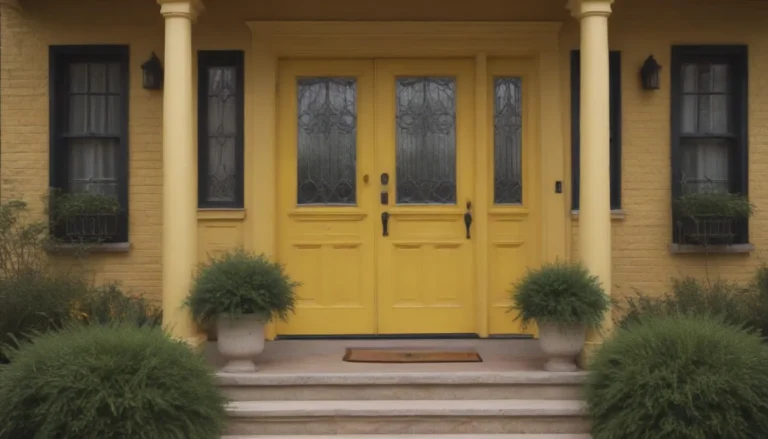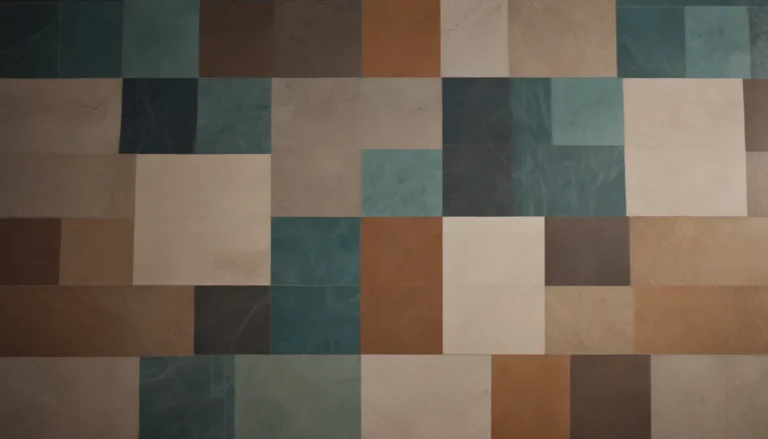Everything You Need to Know About Blow-In Cellulose Insulation
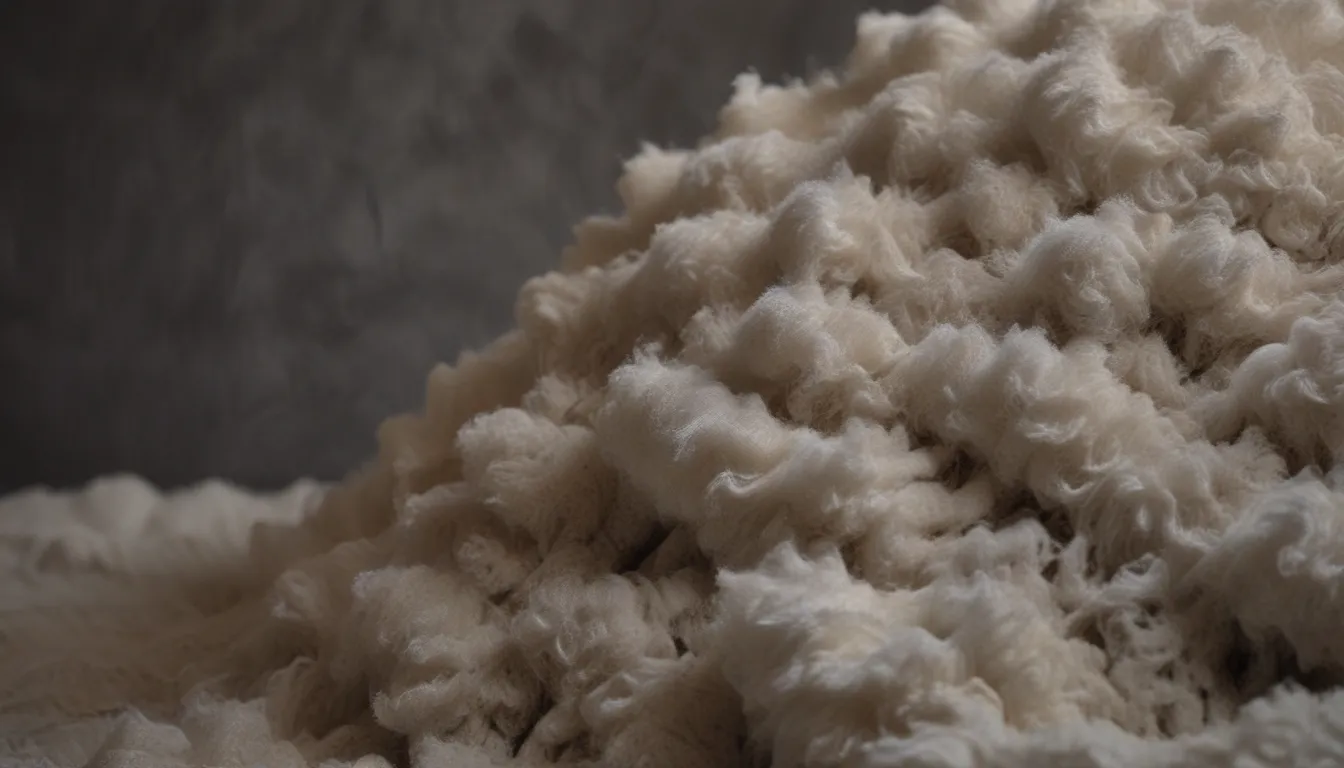
Are you considering adding insulation to your existing walls or attic? If so, you’ve likely come across blow-in cellulose insulation as a popular choice. In this in-depth guide, we will explore everything you need to know about blow-in cellulose insulation. From how it’s made to its advantages and drawbacks, we’ll cover it all in a conversational and informative style.
What is Blow-In Cellulose Insulation?
Blow-in cellulose insulation is a loose-fill product made from wood- or paper-based materials. It is used to slow down the transmission of heat or cold in the structural parts of a house. This type of insulation is commonly used in enclosed walls and attics due to its practicality and cost-effectiveness.
What is Loose-Fill Cellulose Insulation?
Loose-fill cellulose insulation has a thick, dense, and clumpy consistency, similar to down feathers. This allows it to fit into enclosed areas such as walls and to conform around obstructions like wires and ducts. While cellulose insulation can technically come from any cellular plant source, commercial products are typically derived from recycled newspapers, cardboard, and other waste paper products. This eco-friendly approach makes cellulose insulation a popular choice for those looking to reduce their environmental impact.
How is Cellulose Insulation Installed?
The most common type of cellulose insulation that homeowners encounter is loose-fill cellulose insulation. This dry insulation is blown into walls or attics using a blower nozzle. For finished walls, holes are drilled to provide access for the blower. In attics, the insulation is blown parallel to the joists or laid over existing insulation.
Installation Process:
- Holes drilled in walls or drywall
- Blown parallel to joists in attics
- Can be used alone or layered over existing insulation
Looking for professional help with your insulation project? Our partners can connect you with top-rated professionals near you. Get a Quote
Advantages of Cellulose Insulation
There are several advantages to using cellulose insulation over other types of insulation:
– Provides better thermal performance
– Eco-friendly with up to 85% recycled materials
– Effective at reducing noise transmission
Drawbacks of Cellulose Insulation
Despite its many advantages, there are a few drawbacks to consider when choosing cellulose insulation:
– Can settle over time, reducing effectiveness
– Susceptible to mold and mildew if exposed to moisture
– Requires professional installation for optimal performance
Is Cellulose Insulation Considered Green?
The eco-friendliness of cellulose insulation is a topic of debate. While it uses a large percentage of recycled materials, the remaining chemicals used in the manufacturing process may not be considered entirely green. Comparatively, fiberglass insulation also uses recycled materials, with some manufacturers reporting up to 73% post-consumer recycled content.
Cellulose Insulation vs. Other Types of Insulation
When it comes to closed walls, blow-in cellulose insulation is often the preferred choice. However, spray foam insulation is becoming more popular for its high R-value per inch. In open walls, fiberglass roll insulation is an option, while attics can be insulated with blow-in cellulose or fiberglass batts. Each type of insulation has its advantages and considerations, making it essential to choose the right option for your specific needs.
Tip:
Spray foam insulation can provide better insulation for older homes with higher R-value per inch, improving heat and cold retention.
Is Blown Cellulose Insulation a Fire Hazard?
Cellulose insulation may be combustible in its raw state, but it is treated with borates during manufacturing to act as a Class I fire retardant. This treatment ensures that cellulose insulation is safe to use in homes and provides an added layer of protection against fire hazards. As a demonstration of its fire-retarding capacity, cellulose insulation can withstand high temperatures without igniting or spreading flames.
In conclusion, blow-in cellulose insulation offers a practical and cost-effective solution for insulating enclosed walls and attics. With its eco-friendly materials and fire-retardant properties, it’s a popular choice for homeowners looking to improve their home’s energy efficiency. Consider the advantages and drawbacks of cellulose insulation when planning your insulation project to ensure the best results for your home.
